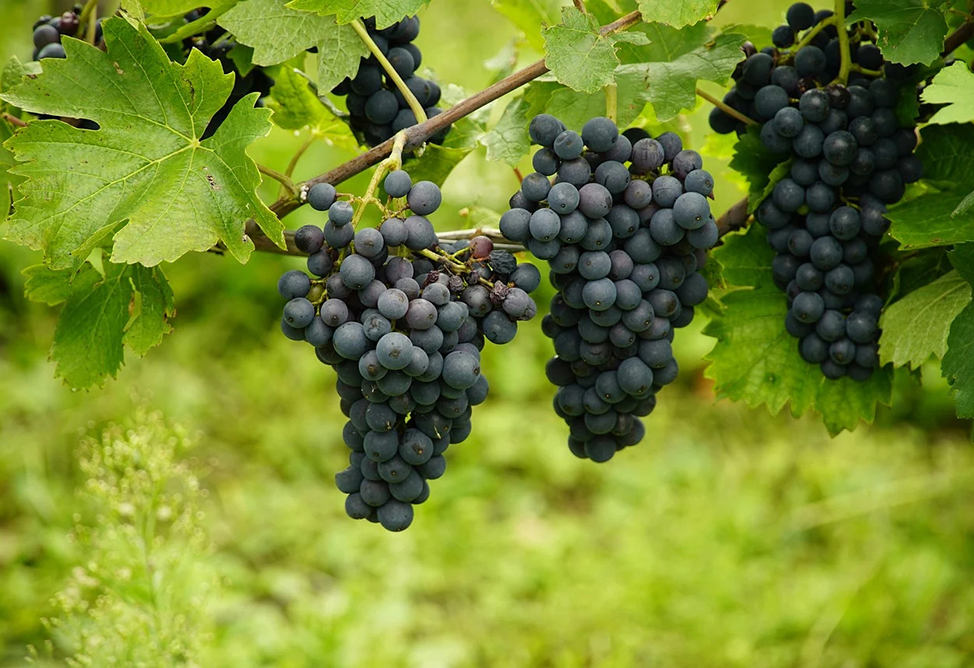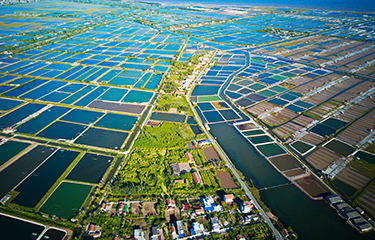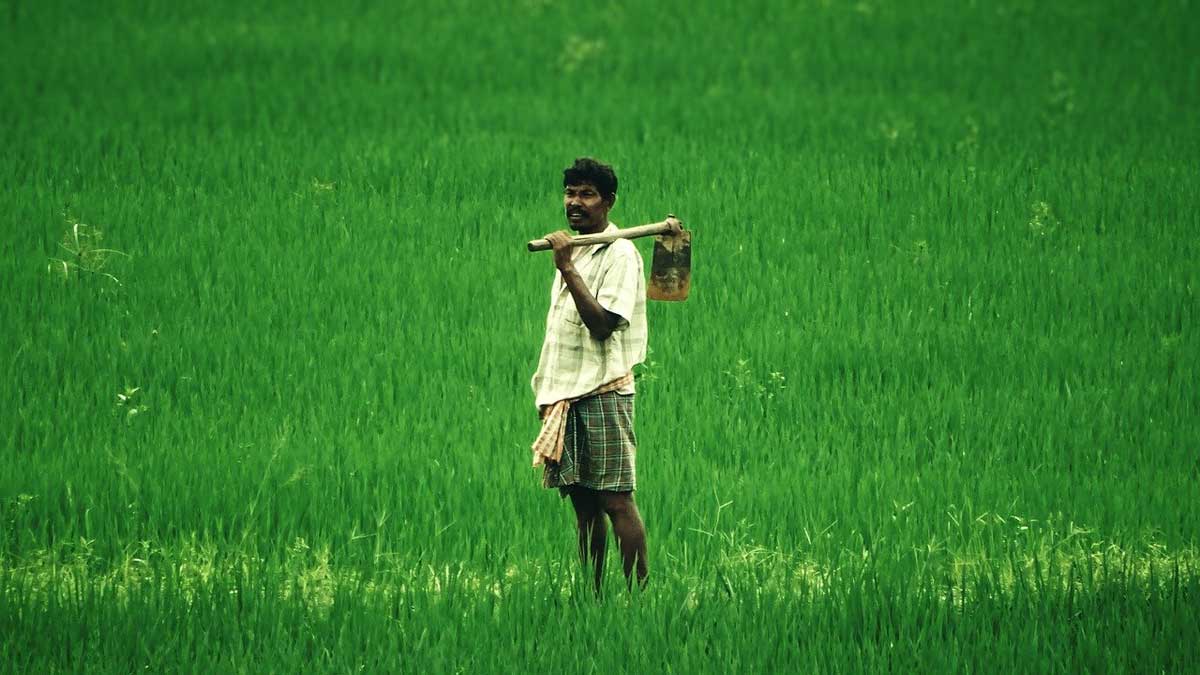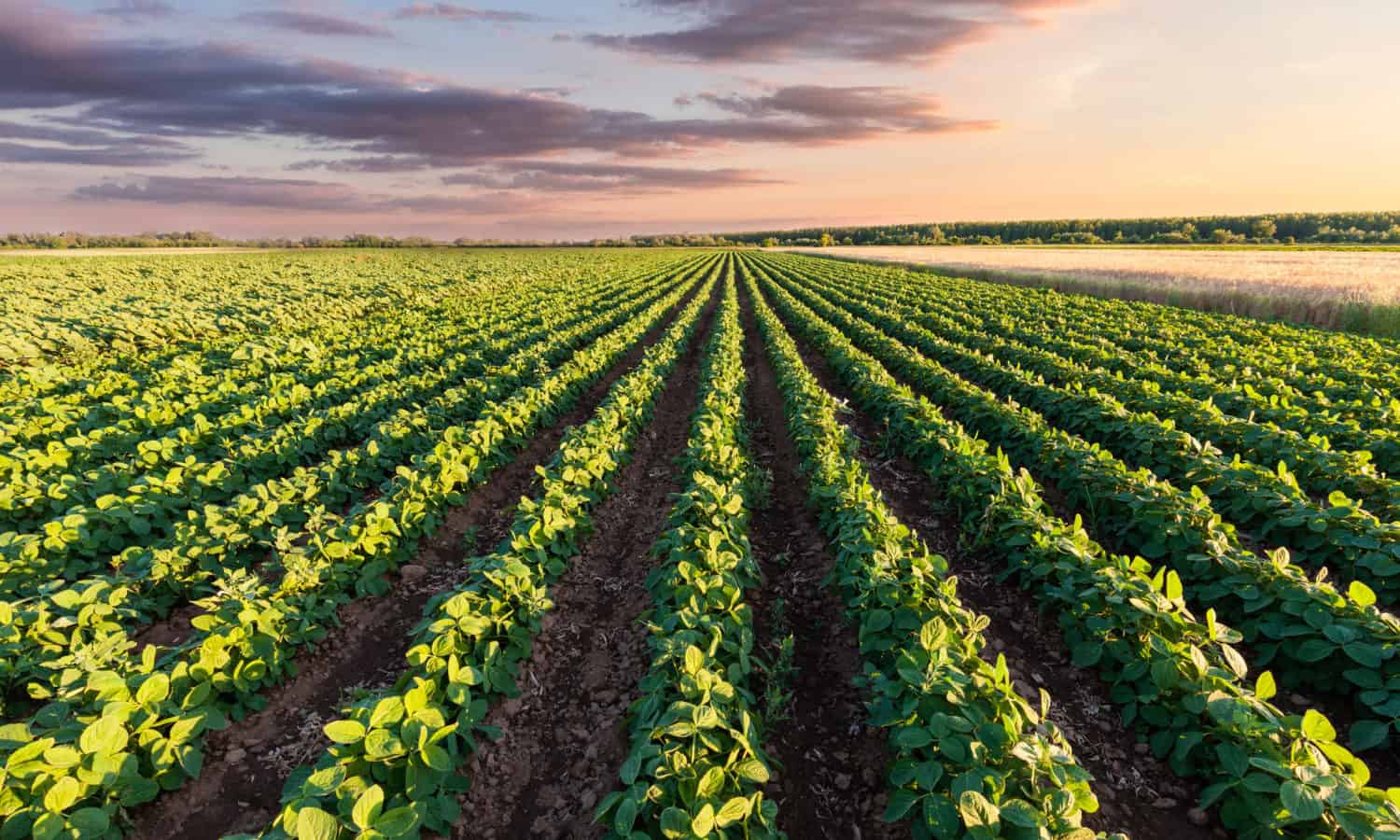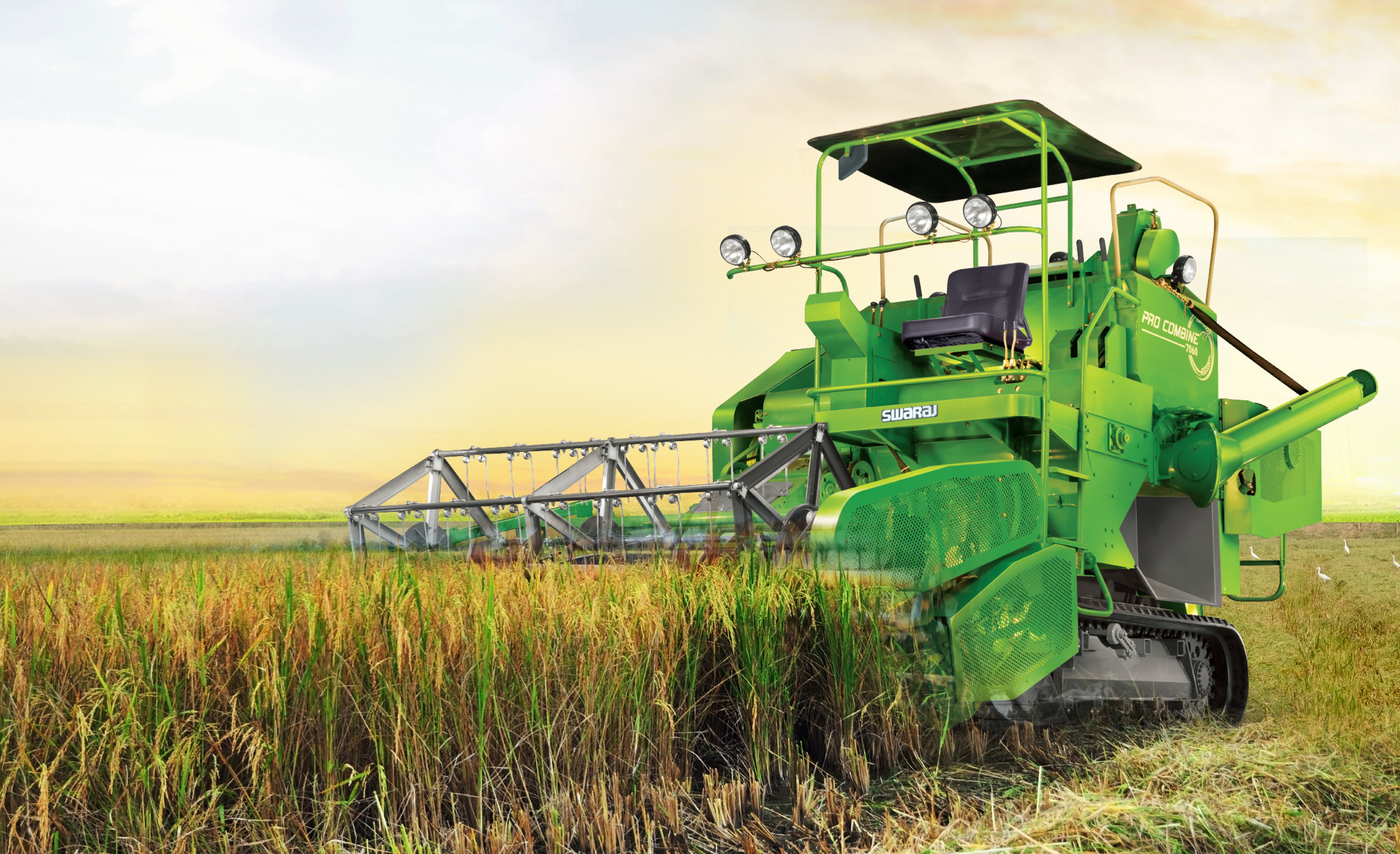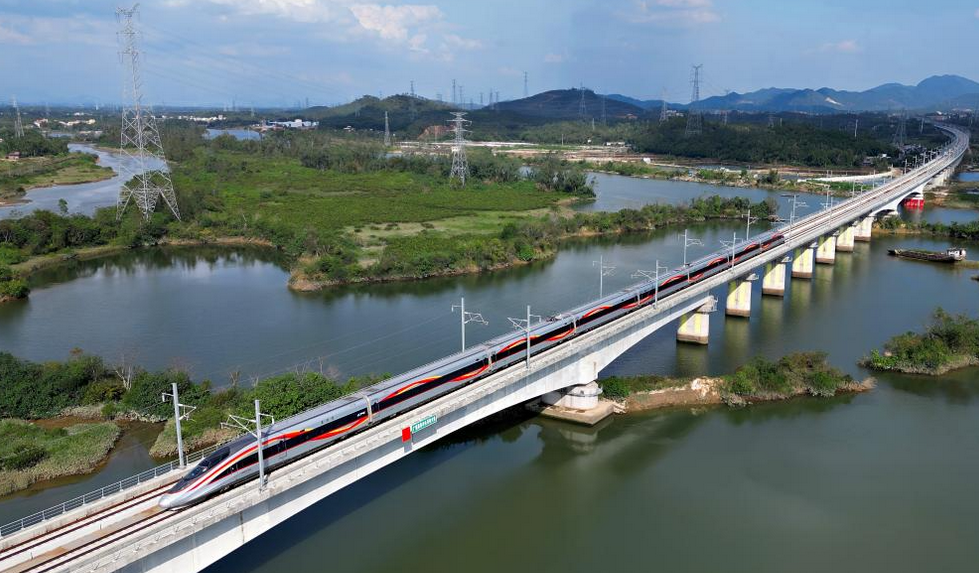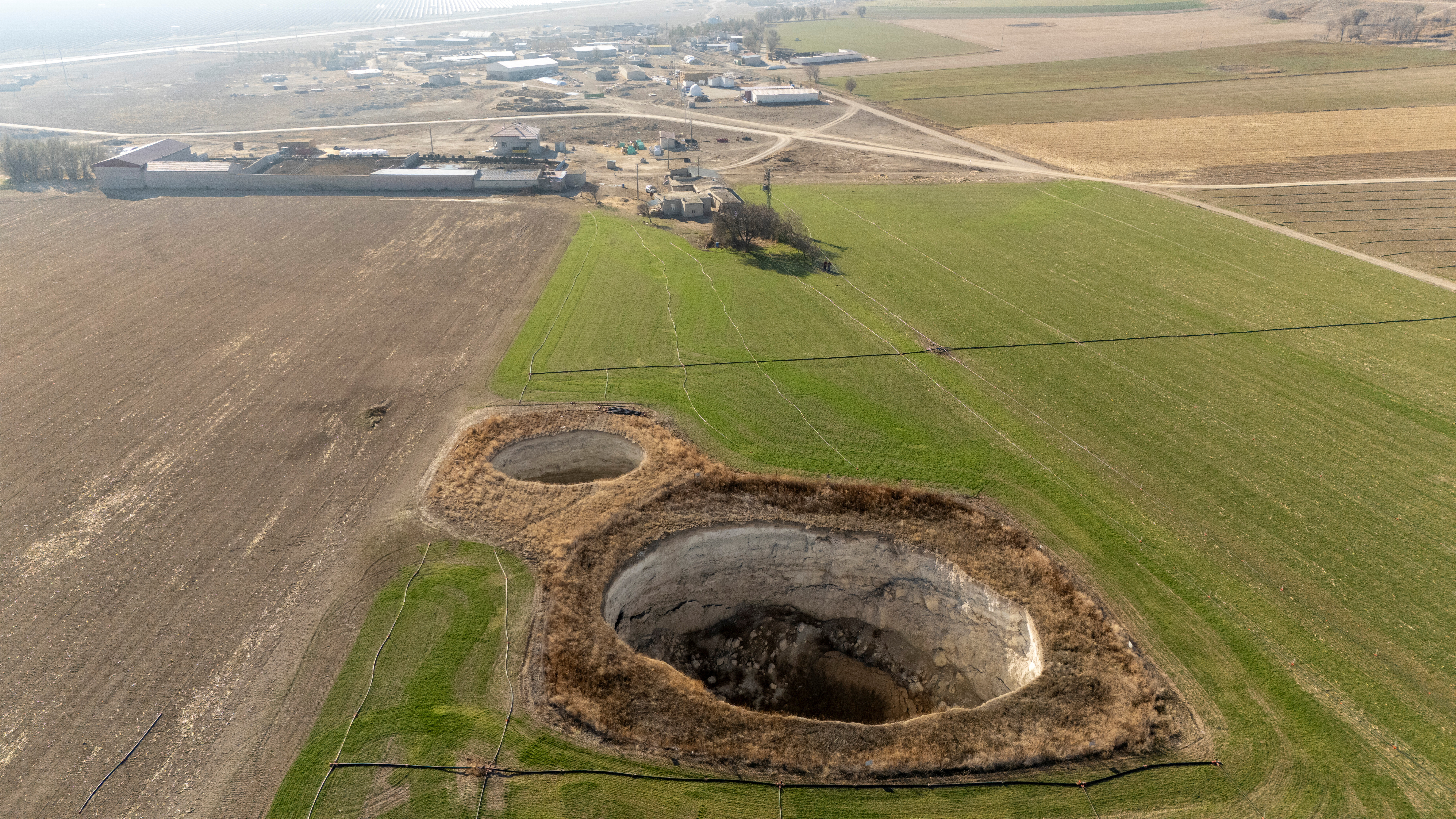During a meeting on Thursday, the Armenian government resolved to provide partial compensation to farmers for hail damage occurring in 2024-2025. This measure will affect the regions of Aragatsotn, Ararat, Armavir, Gegharkunik, Lori, Shirak, Tavush, and Syunik.
"In 2024, hail caused damage to 13,000 hectares, and in 2025, over 11,800 hectares were affected. Insurance companies are reluctant to enter into contracts, despite the government subsidizing insurance by 70-80% in 2025," stated Economy Minister Gevorg Papoyan.
He noted that, in light of this situation, a decision was made to partially compensate farmers whose cultivated lands and orchards experienced damage ranging from 40% to 100%.
"For a 100% loss in an apricot orchard, the compensation will be 301,840 drams; for a potato field, it will be 446,950 drams; for vegetables and melons, 130,900 drams; and for wheat, 55,328 drams," Papoyan explained.
He added that the total compensation amount is estimated to be around 2 billion drams, although calculations are still ongoing.
"To receive compensation payments, affected farmers must reach out to their community administrations by October 31," Papoyan advised.
Armenian Deputy Prime Minister Tigran Khachatryan emphasized the necessity for a more thorough implementation of insurance mechanisms.
Armen Nurbekyan, the Deputy Chairman of the Central Bank of Armenia, highlighted the growing risks associated with agricultural insurance, emphasizing the necessity for significant investments in infrastructure, as well as the establishment of a stable environment and risk-sharing mechanisms for insurance firms.
"The complete execution of the system is scheduled for 2027," stated Nurbekyan.
A pilot initiative providing state support for the establishment of an agricultural insurance system is currently underway in Armenia. This initiative offers subsidies for insurance premiums ranging from 50% to 60%. The funding for these premium subsidies is sourced from contributions made by KfW and the Government of the Republic of Armenia on an equal basis (pari passu).
In April 2025, it was announced that €500,000 would be allocated for consulting and technical assistance as part of the initiative to bolster the agricultural insurance framework.
The program titled "Support for the Agricultural Insurance Scheme," valued at €5.3 million, was formalized between the Government of Armenia and the German KfW Bank for Credit Recovery, with €500,000 earmarked from this total.
According to the agreement, KfW has already disbursed approximately €2.6 million to subsidize insurance premiums.
In 2023, over ten varieties of crops were insured against risks such as spring frost, drought, hail, and fire. Insurance companies issued 10,192 policies covering a cumulative area of 11,662 hectares, with the total insurance premiums reaching around 1.8 billion drams.
However, certain challenges emerged during the implementation of the program. Notably, in 2024, the exit of a reinsurance company from the Armenian agricultural insurance sector hindered insurance companies' ability to fully manage the insurance risks, particularly due to the elevated loss ratios linked to climate change.
For the 2025 agricultural year, the program has been amended, and insurance premium subsidies will be provided entirely by the government, unless KfW decides otherwise (or submits a different funding proposal). Agricultural producers will receive a subsidy of up to 80% of the insurance premium stipulated by their insurance contract.
In 2025, the state will support not only agricultural producers' insurance premium subsidies but also insurance companies, compensating for the amount of insurance payments made to agricultural producers in excess of 200% of the total amount of collected insurance premiums.
In 2025, the following crops will be insured: apricots, grapes, peaches, plums, apples, cherries, sour cherries, watermelons, melons, potatoes, and grain crops (wheat/barley/oats) against the risks of hail and fire, spring frosts, and drought.
Source - ARKA


